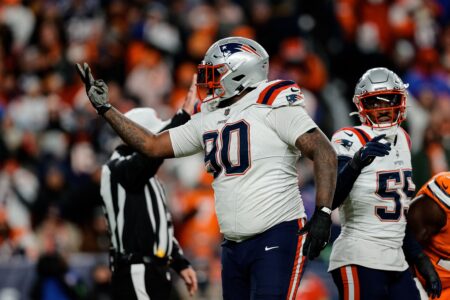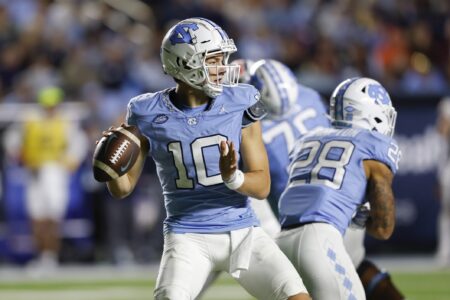hwc
In the Starting Line-Up
- Joined
- Sep 13, 2004
- Messages
- 2,906
- Reaction score
- 1,363
It dawned on me last night that the Exponent study in the Wells Report proved that Walt Anderson's memory was correct and he used the LOGO gauge to measure the balls pre-game.
Not much discussion here, but Exponent tested Bill Belichick Vito's explanation that the Pats roughing up the balls to prepare them temporarily increases the PSI. They used the same Wilson supplied gloves and followed the same procedures as the Pats and found that the balls increased by as 0.7 PSI (page 34 of the Exponent addendum:
Exponent further found that this temporary increase in PSI had dissipated after 30 minutes. Thus, the Wells Report rejected it as a factor in this case because the balls had been sitting for more than an hour when Anderson "gauged" them in the pre-game inspection and found them to be at 12.5 PSI. Fine. That's probably true, but it overlooks something important.
In prepping the balls, Jastremski does the vigorous rubbing, raises the PSI by 0.7 PSI, exactly as Belichick and Exponent confirmed. Then, he sets the pressure at 12.5 on his gauge and puts the balls in the duffle bag to schlep to the officials locker room. But, in reality, those balls will NOT be at 12.5 PSI on an accurate gauge when they are measured more than 30 minutes later, The effect of the vigorous rubbing will have dissipated and the balls will actually be and will measure something below 12.5.
This means that, if Anderson had used the accurate non-LOGO gauge to measure the balls, they would have all been below 12.5 PSI. The Wells Report proved that. The only way those balls would have given Anderson the 12.5 to 12.6 measurements that he remembers would be if he used the gauge he recalls, the LOGO gauge, that reads artificially high. In reality, Anderson approved balls that were below the legal standard, but he didn't know because the gauge he used read 0.4 PSI too high.
The Pats didn't know because nobody had ever tested the effect on PSI of the vigorous rubbing until Bill Belichick Vito did it and Exponent confirmed his results for the Wells Report.
Not much discussion here, but Exponent tested Bill Belichick Vito's explanation that the Pats roughing up the balls to prepare them temporarily increases the PSI. They used the same Wilson supplied gloves and followed the same procedures as the Pats and found that the balls increased by as 0.7 PSI (page 34 of the Exponent addendum:
The pressure inside the ball subjected to the rubbing is shown in Figure 16. It can be seen that the
pressure inside the football rises throughout the rubbing process. (The non-linear nature of the rise in
pressure is presumably due to variations in the operator’s rubbing throughout the period.) It can be
seen that the maximum rise in pressure was approximately 0.7 psig, which occurred at the end of
the rubbing process (t = 30 minutes on the plot below).
Exponent further found that this temporary increase in PSI had dissipated after 30 minutes. Thus, the Wells Report rejected it as a factor in this case because the balls had been sitting for more than an hour when Anderson "gauged" them in the pre-game inspection and found them to be at 12.5 PSI. Fine. That's probably true, but it overlooks something important.
In prepping the balls, Jastremski does the vigorous rubbing, raises the PSI by 0.7 PSI, exactly as Belichick and Exponent confirmed. Then, he sets the pressure at 12.5 on his gauge and puts the balls in the duffle bag to schlep to the officials locker room. But, in reality, those balls will NOT be at 12.5 PSI on an accurate gauge when they are measured more than 30 minutes later, The effect of the vigorous rubbing will have dissipated and the balls will actually be and will measure something below 12.5.
This means that, if Anderson had used the accurate non-LOGO gauge to measure the balls, they would have all been below 12.5 PSI. The Wells Report proved that. The only way those balls would have given Anderson the 12.5 to 12.6 measurements that he remembers would be if he used the gauge he recalls, the LOGO gauge, that reads artificially high. In reality, Anderson approved balls that were below the legal standard, but he didn't know because the gauge he used read 0.4 PSI too high.
The Pats didn't know because nobody had ever tested the effect on PSI of the vigorous rubbing until Bill Belichick Vito did it and Exponent confirmed his results for the Wells Report.


















